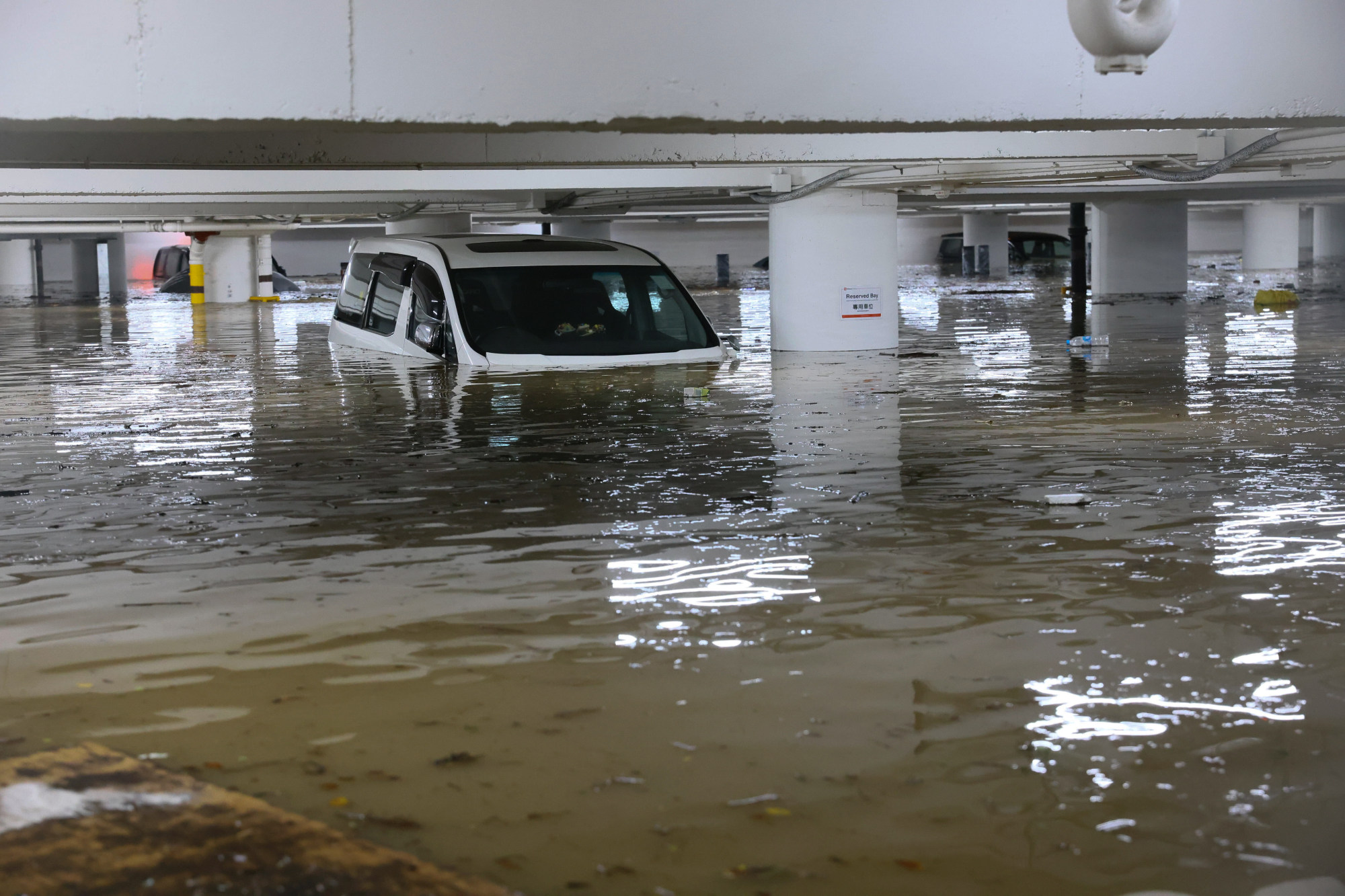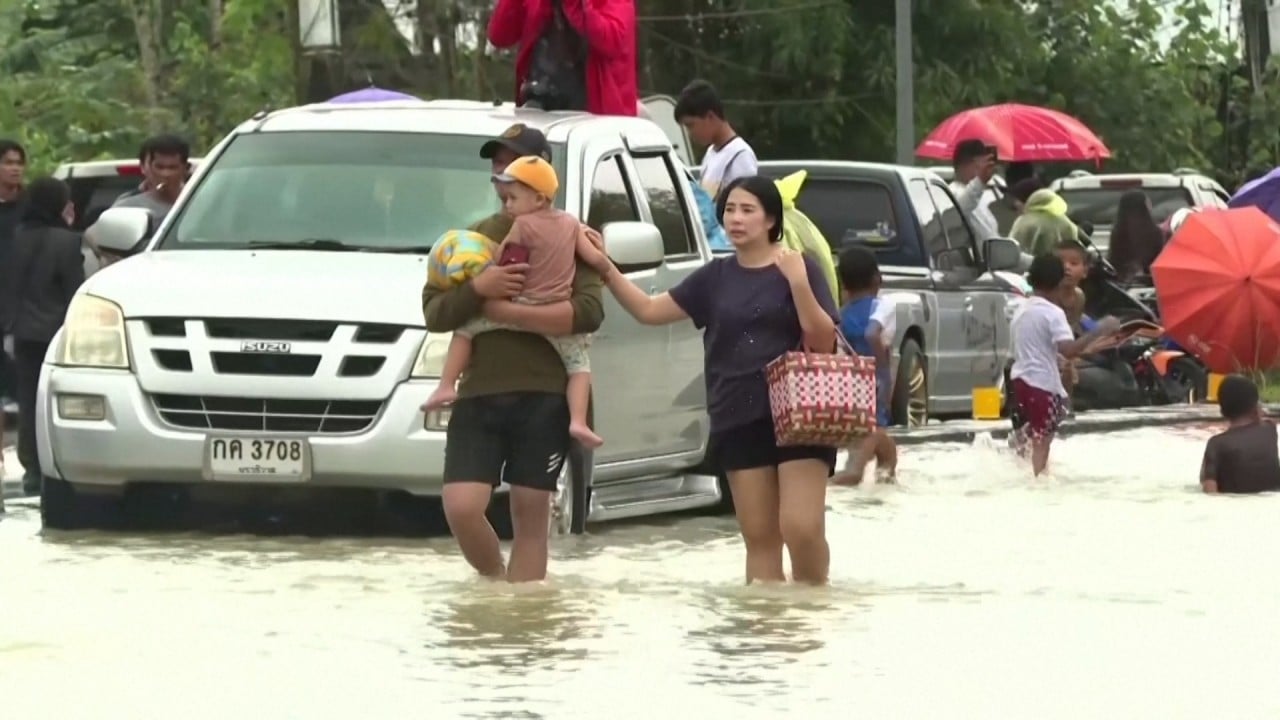The disasters have raised questions about the effectiveness of China's climate-resilience strategy for extreme rainfall, „Sponge City,” launched across the country in 2015. Experts say the basic idea — making cities better at absorbing excess rain — is a good idea. But its roll-out turned out to be a wet squib. A truly sustainable initiative requires infrastructure to be deployed more rapidly. Even so, experts say, it won't automatically protect against the most extreme events that climate change will produce.
China's State Council, Cabinet, announced the Sponge City initiative in 2015. Similar to the concept of „low-impact development” in the United States and Canada, the approach calls for trees, wetland parks, and green and blue spaces. Placed amidst conventional infrastructure such as lakes, roads and buildings. It mimics natural water cycles to allow cities to absorb rainwater and then discharge or use it.
The government envisions this approach as an engine for economic growth, not only strengthening the country's drainage and water management systems to improve urban flood prevention. „Encourage the construction of sponge cities, so that urban areas have not only an external form, but also a real substance,” former Premier Li Keqiang said in a 2017 government work report.
The council has set ambitious targets: equipping 80 percent of urban areas with sponge-city features by 2030 and recycling at least 70 percent of rainwater. The government has identified 60 cities as pilot cities as of May 2023, offering subsidies ranging from 700 million yuan to 1 billion yuan each.
From 2016 to 2020, cities in 90 cities in 13 provinces engaged in more than 33,000 sponge-city projects ranging from residential communities to parks, with total investment reaching 1.06 trillion yuan, according to state media.
Developers are on board.

This concept is „integrated into all of our developments, especially mixed-use complexes,” said Michael Long, New World Development's group president of sustainability.
„For New World, we see the sponge city concept as an important aspect of our strategic approach to climate resilience and resource conservation. [other] Aspects of protecting our natural environment and how we integrate it into business decision-making, from new investments to development design and asset operations.”
Canton First Estate in Foshan, a mixed-use project spread over villas, serviced apartments and a golf course by New World China, the developer's Mainland China property arm, includes drainage-enhancing features such as basins that can collect and filter rainwater. Permeable pavement.
Long said the development will be able to process 4.45 million cubic meters of rainwater and gray water each year and withstand a once-in-50-year rainstorm.
Despite such efforts, Chinese cities remain vulnerable. Last July, cities and provinces in northeastern China, including Beijing, Tianjin, and Hebei Province, experienced heavy rain and flooding as a result of Typhoon Toxuri. At least 1.3 million people were affected and more than 200,000 homes were damaged, according to the Beijing municipal government.
In September, Typhoon Sula hit southern China's Fujian and Guangdong provinces after hitting Hong Kong, prompting the evacuation of more than 800,000 people and the cancellation of hundreds of flights. According to the Fujian government, the event led to a direct economic loss of about 870 million yuan in the province.
Such losses raise the question: After billions of yuan invested and nearly a decade of construction, is the sponge-city infrastructure really working to protect cities from flood damage?
According to water and engineering experts, sponge-city measures are a reasonable approach to improve resilience to heavy rainfall. Impervious surfaces in urban areas such as concrete, brick and steel reduce infiltration and increase the risk of flooding during storms. Sponge-city infrastructure can improve a city's ability to absorb and store water.
„China's measures to address flooding and heavy rainfall, particularly its 'Sponge City' initiative, are an important strategy to proactively address the challenges of contemporary urban development and climate change,” said Li Junqi, vice chancellor of Beijing University of Civil Engineering. Architecture.
Malaysia floods leave 25,000 people from their homes, river project useless
Malaysia floods leave 25,000 people from their homes, river project useless
Li says many cities that have implemented the concept, such as Shanghai and Wuhan in Hubei province, have experienced less water retention during heavy rains than before.
However, such infrastructure can only manage a limited amount of rainwater. According to experts, climate change is triggering extreme events beyond what sponge cities can handle.
„People who think the sponge city initiative is a failure think there's a silver bullet to solve water risks,” said Mark Fletcher, global head of water business at engineering consultancy Arup. „But there are no silver bullets in the fight against uncertainty and climate change.”
For example, after investing more than 2.3 billion yuan in sponge-city projects from 2016 to 2022, the city is now protected from severe floods that occur once in 100 to 200 times, according to statistics from the Shenzhen Municipal Water Commission. years.
But according to Hong Kong officials, September's downpour was a „once in 500 years” event.
„The challenge we face is the uncertainty that comes with climate change,” Fletcher said. „We're currently doing good things with water resilience like Sponge Cities, but it's time to go to the next level like 'Sponge City Plus' because we're getting bigger and more extreme events.”
According to Fletcher, it is critical to include non-structural measures such as effective forecasting and early warning systems in urban flood-protection efforts.
Using advanced technologies like artificial intelligence and big data across the urban planning, forecasting and early warning processes will help create multiple layers, he said. For example, a city can focus on infrastructure development in critical areas or quickly relocate people and equipment to minimize damage as a flood approaches. The government should not only focus on infrastructure resilience, but also educate citizens on risks and safety measures to improve community resilience, he said.
Swire Properties has incorporated sponge-city concepts in projects such as Taikoo Place in Hong Kong and Savyavasa in Jakarta, says Fiona Shiu, director of technical services and sustainability department and facilities management. A redevelopment project at Taikoo Place expands green space to 35 percent of its area, while the luxury Jakarta project has a green ratio of 45 percent.
Why the northern metropolis needs the city's wetlands to secure its future
Why the northern metropolis needs the city's wetlands to secure its future
Henderson Land, Link Reit and Sun Hung Kai Properties have introduced similar concepts in their residential, commercial and urban renewal projects.
However, according to experts, sponge-city techniques are not standard enough in urban development.
„There have been some user cases on how and where to build sponge cities in mainland China, but it's my opinion that it hasn't been picked up,” said Endela Pence, CEO and founder of climate risk analysis firm Intensel. „It hasn't become the general standard by which we build cities.”
Governments and financial institutions need to invest more in developing nature-based solutions such as sponge city projects, which are critical to combating climate change but are low-investment.
In fact, according to a report released by the World Resources Institute in 2021, China faces a significant funding shortfall for climate-resilient infrastructure, with an annual funding gap of nearly 500 billion yuan over the next five years.
The report examined the returns on investment in three types of climate-resilient infrastructure, including water-storage irrigation facilities, seaweed-city construction and grey-green sea dykes. Its estimate suggests that each yuan invested can generate returns of 2 to 20 yuan over 30 years.
Despite the risks, more people live in flood-prone areas, the study says
Despite the risks, more people live in flood-prone areas, the study says
Experts stress that halting climate change — to avoid more frequent and severe natural disasters — is critical.
“Only by connecting [climate] „Adaptive mitigation can reduce the adverse effects of climate change and ensure the sustainable development of human society,” said Li Zheng, a professor at Tsinghua University and head of its Institute for Climate Change and Sustainable Development. „Both are indispensable.”

. „Gracz. Namiętny pionier w mediach społecznościowych. Wielokrotnie nagradzany miłośnik muzyki. Rozrabiacz”.


